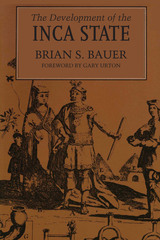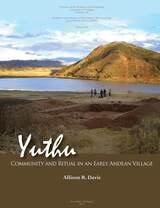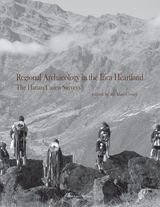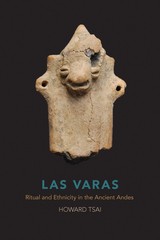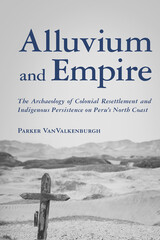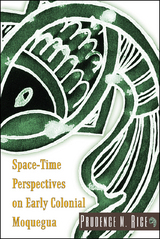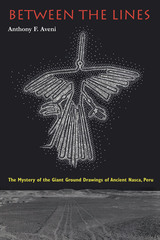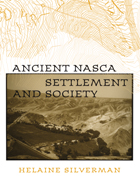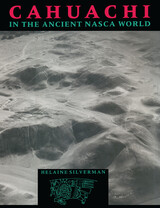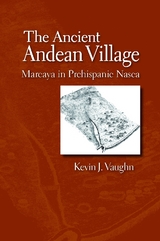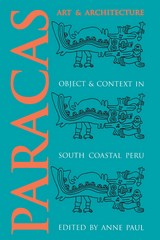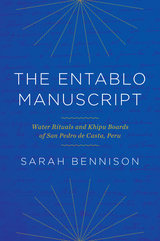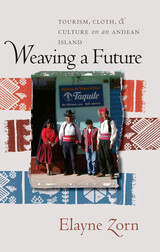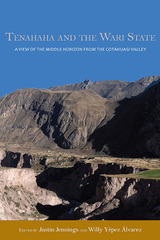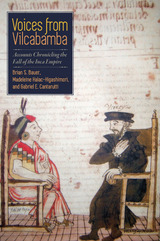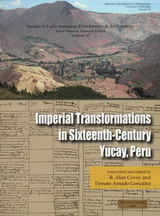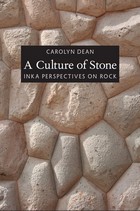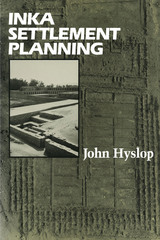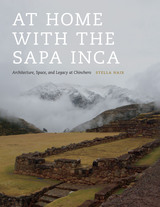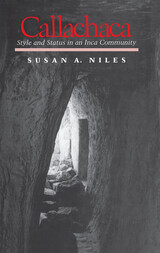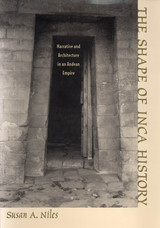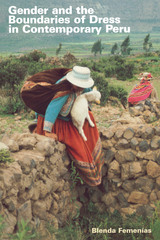Paracas Art and Architecture: Object and Context in South Coastal Peru
University of Iowa Press, 1991
eISBN: 978-1-58729-179-1 | Paper: 978-1-58729-356-6 | Cloth: 978-0-87745-327-7
Library of Congress Classification F3429.1.P25P37 1991
Dewey Decimal Classification 985.27
eISBN: 978-1-58729-179-1 | Paper: 978-1-58729-356-6 | Cloth: 978-0-87745-327-7
Library of Congress Classification F3429.1.P25P37 1991
Dewey Decimal Classification 985.27
ABOUT THIS BOOK | AUTHOR BIOGRAPHY | REVIEWS | TOC | REQUEST ACCESSIBLE FILE
ABOUT THIS BOOK
The word "Paracas" evokes images of dazzling textiles, handsome, polychrome-crusted pottery painted with rich resin pigments, and extraordinarily thin, finely crafted monochrome pottery. These are the principal artistic manifestations of a 900-year-long cultural tradition that flourished many centuries ago on Peru's south coast.
During the past decade, an increasing number of scholars have devoted their studies to Paracas or to Paracas-related material. Paracas Art and Architecture is the first interdisciplinary collection of the current research results—historiographical, archaeological, cultural, architectural, technical, iconographic, and stylistic—of some of these path-breaking scholars. Bringing a much-needed well-roundedness to their media and data, the contributors include archaeologists, art historians, a fiber artist, and a fiber chemist, all of whose varied skills and approaches help unify our emerging view of this endlessly interesting area.
Anne Paul provides insightful notes of the social implications of the Paracas burials, while Kathryn Jakes outlines the methodology that can be used to determine patterns of textile degradation, preservation, and alteration. Through Mary Frame's meticulous analysis of the structure of Paracas headbands, abstract concepts of space, number, and order in this preliterate society are revealed.
Culture and influence are examined by Dwight Wallace, who demonstrates the Chavin culture's influence on the south coast's Carhua painted textiles, and by Sarah Massay, who provides a valuable description of late Paracas site distributions in the lower Ica Valley. Ann Peters interprets social and ecological relationships depicted on a group of textiles from Cerro Colorado on the Paracas Peninsula.
Richard Daggett gives an excellent overview of the discovery of the Paracas cemeteries, while Helaine Silverman provides insightful comments on the stylistic, cultural, and ethnic differences on the Paracas, Topará, and Nasca polities.
See other books on: Antiquities | Indian textile fabrics | Indians of South America | Peru | South America
See other titles from University of Iowa Press

